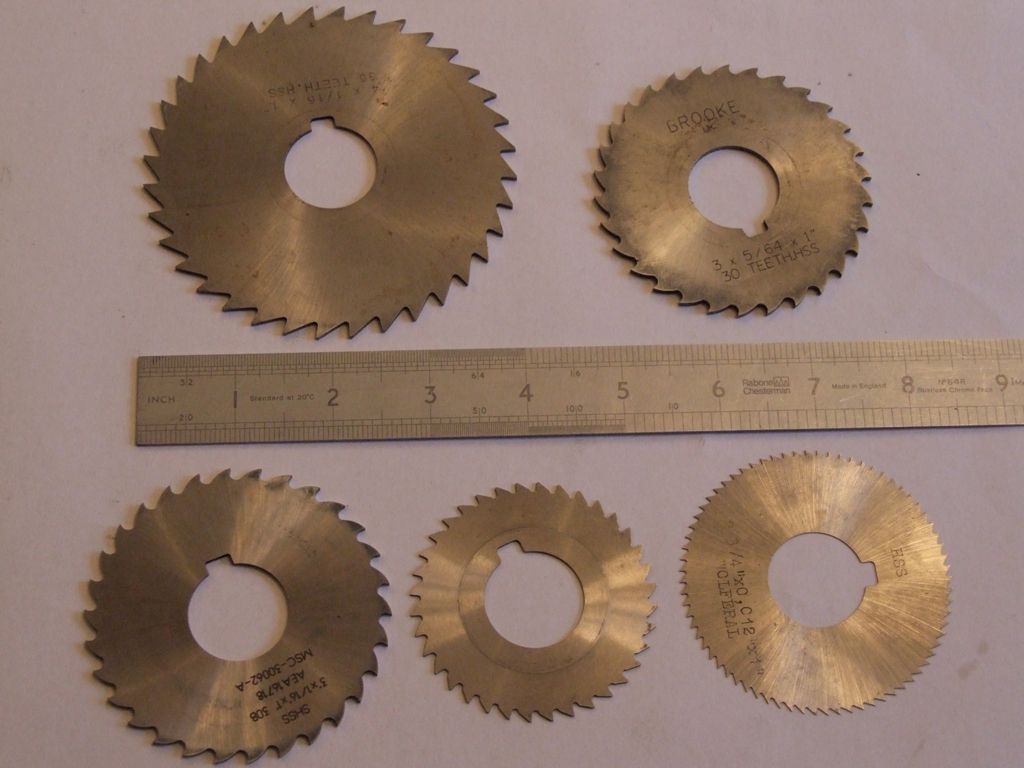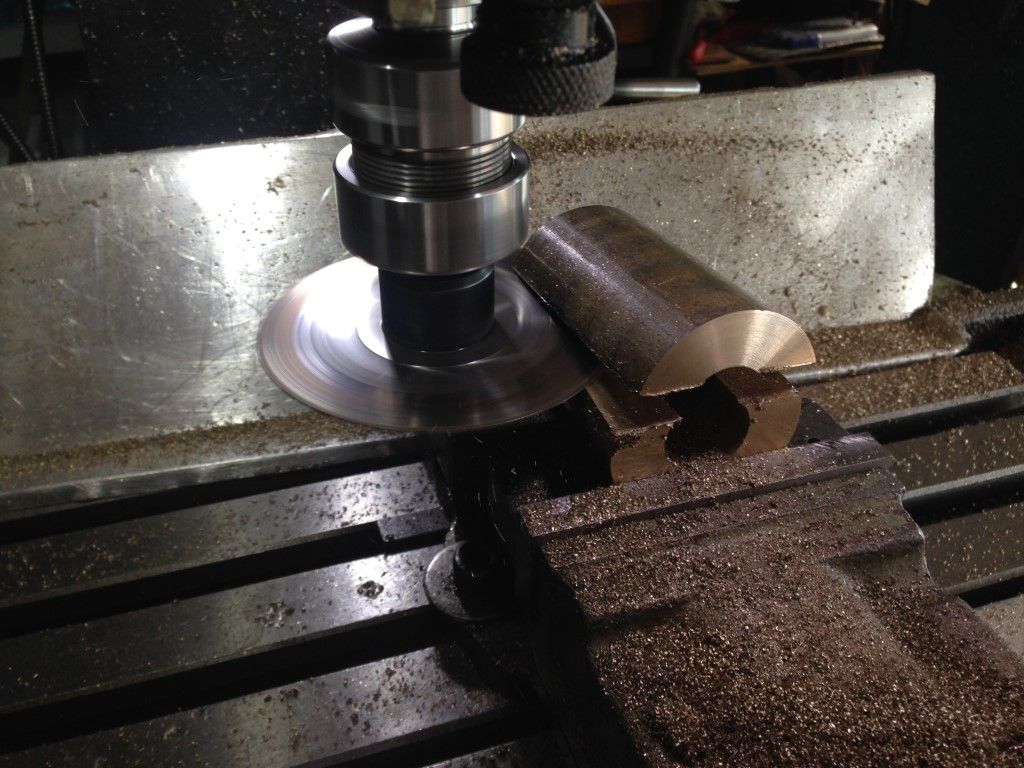Milling machine operation
Milling machine operation
- This topic has 24 replies, 11 voices, and was last updated 30 June 2018 at 11:02 by
Anonymous.
Viewing 25 posts - 1 through 25 (of 25 total)
Viewing 25 posts - 1 through 25 (of 25 total)
- Please log in to reply to this topic. Registering is free and easy using the links on the menu at the top of this page.
Latest Replies
Viewing 25 topics - 1 through 25 (of 25 total)
-
- Topic
- Voices
- Last Post
Viewing 25 topics - 1 through 25 (of 25 total)
Latest Issue
Newsletter Sign-up
Latest Replies
- Advice to machine stationary engine base plate
- “swedish iron”
- Which lubricator do I need
- Backplate studs
- Even the Dealer Didn’t Know!
- Electronic leadscrew pitching error
- William Hazeldine … Proving Machine
- Model Engine running just off a naked flame
- Soldering to gold plating
- What Did You Do Today 2025






